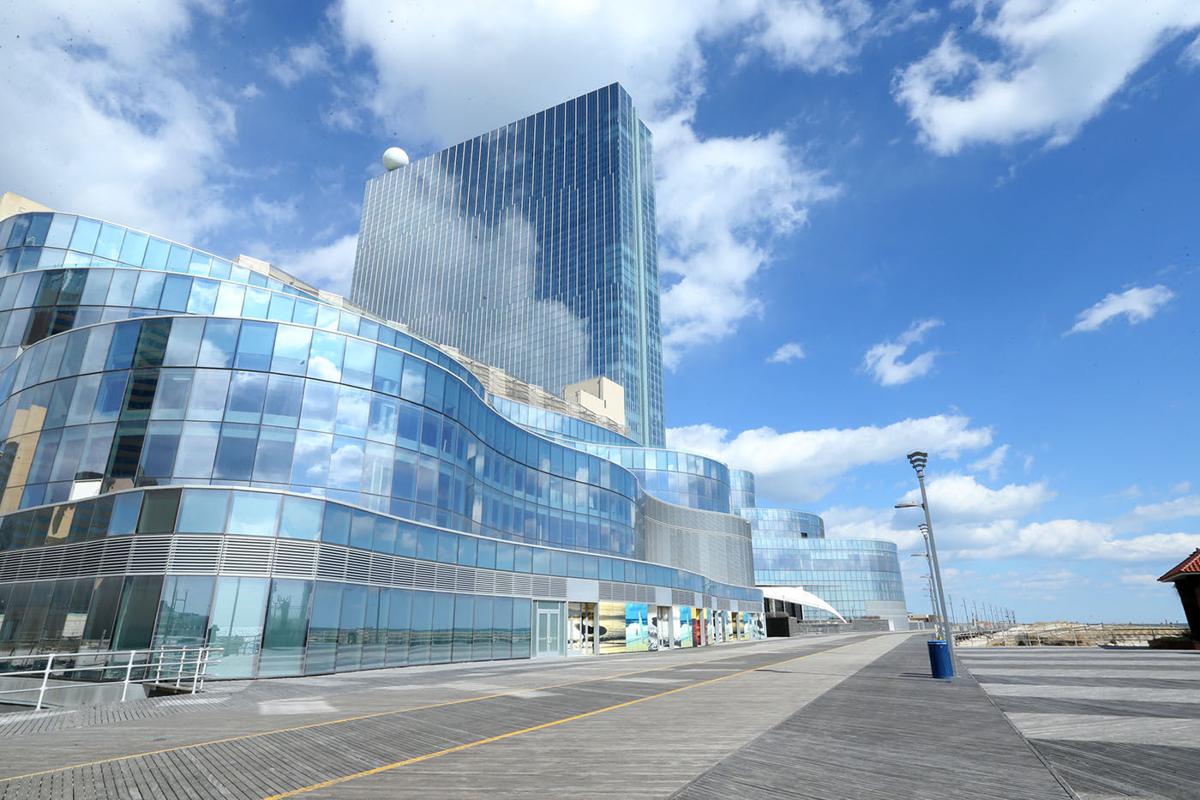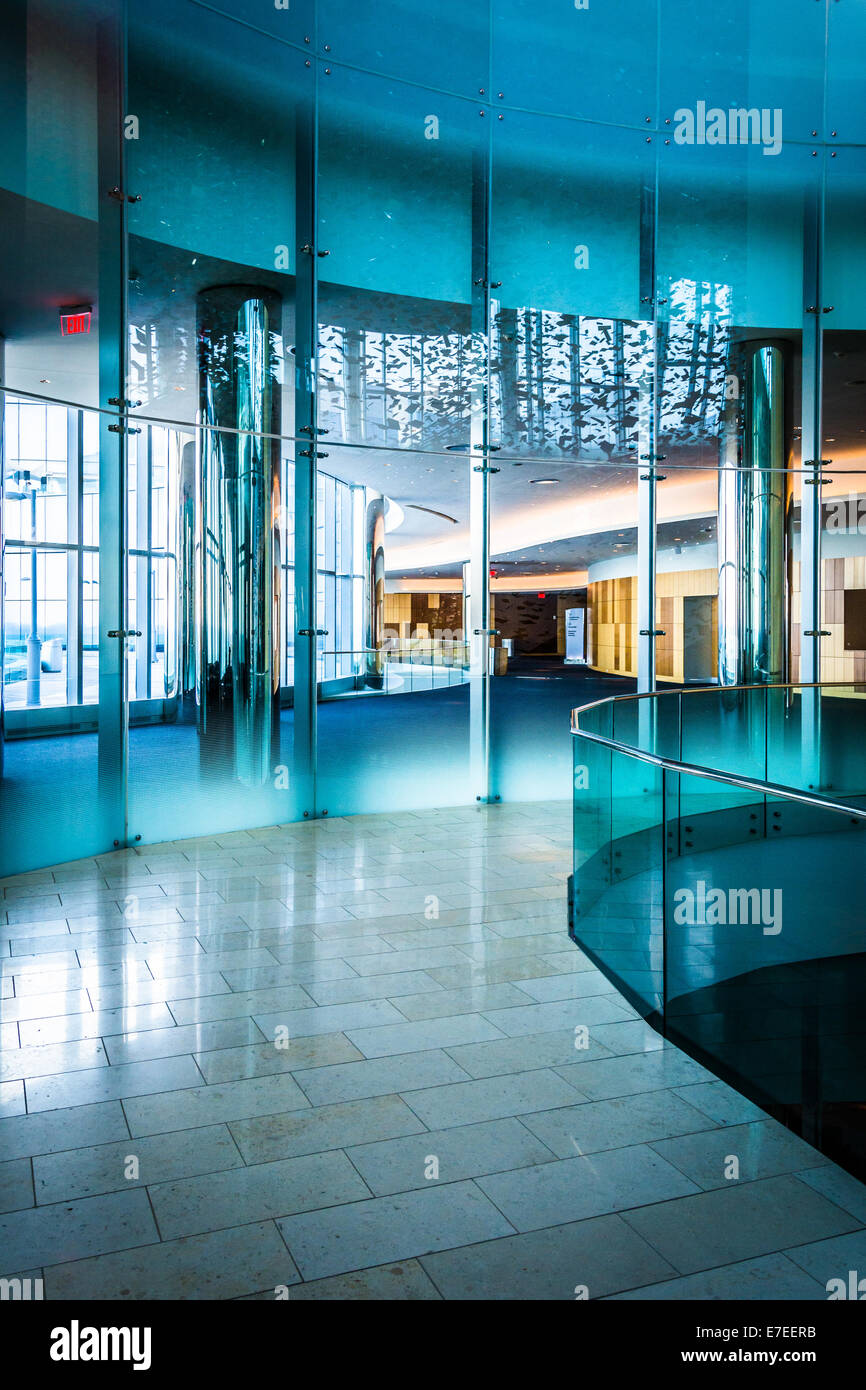Revel Casino Atlantic City Nj
- The Ovation Hall is located inside the Revel Casino Hotel in Atlantic City, NJ. The venue is right off the boardwalk and has roughly 5,000 seats. The design of the venue was created by Sceno-Plus who also designed the Joint at the Hard Rock Hotel in Las Vegas.
- The Abandoned Trump Taj Mahal Casino and Hotel is the icon of broken luxury, a skeleton is all that remains of what once was billed as the 'eighth wonder of.
How big a loser is Atlantic City? So big that Donald Trump sued to have his name removed from two casinos he no longer controls. He may have to amend the suit, since one of them, Trump Plaza plans to shut down next month. And it will have company. The two-year old, twice-bankrupt, $2.4 billion Revel casino will also close after its owners failed to find a buyer, company officials announced Tuesday. As the saying goes, you don’t throw good money after bad.

Revel’s shutdown brings A.C.’s losing streak to four properties that announced a closing this year. The Atlantic Club was taken out earlier this year and Showboat, owned by Caesars Entertainment, locks down at the end of the month. Through June, revenues at the casinos are down 6.3%, continuing a long-term trend. The city’s casinos brought in $2.86 billion last year compared with $5.2 billion in 2006.
Atlantic City is a victim of the saturated mid-Atlantic casino market, and nearly 8,000 workers are slated to lose their jobs as the price to pay. There will be more closings, and not just in the mid-Atlantic states. In Tunica, Miss., Harrah’s (also part of Caesars) is closing a casino, citing declining gaming revenues due to higher competition.
In Atlantic City, some of those displaced workers will be able to catch on at the city’s remaining seven casinos—who will no doubt see an uptick in business—but the losses and closures are indications that the runaway growth days of gaming are over. Any new casino built in the region—indeed, just about anywhere– will have to take business away from somebody else.
And that’s exactly what’s been happening to Atlantic City– a municipality that never blossomed into the revived seaside resort envisioned when New Jersey opened its first legalized casino in 1978. It has remained mostly a weekend gambling jaunt for many punters, and they have since found other places to play. Oddly enough, north of Atlantic City, from Asbury Park to Long Branch, Jersey’s casino-less shore towns have revitalized and grown, despite taking a hit from Hurricane Sandy.

Dec 29, 2020 - Revel is a new destination for uncommon recreation. The beachfront resort is smoke-free and features more than 1,800 rooms with sweeping ocean views. People walk past the Revel Casino Hotel in Atlantic City, N.J. On July 23, 2014. ATLANTIC CITY — The gleaming $2.4 billion Revel Casino Hotel began shutting down today, leaving many of its workers wondering what comes next. Atlantic City’s newest entry into the troubled casino.
What’s grown around Atlantic City is competition. Just to the south in Delaware, three casinos are now operating. But one of them, Dover Downs, showed a 10% drop in revenues its first quarter. In Pennsylvania, there are 12 casinos in Philadelphia, Bethlehem, in the Poconos and near Pittsburgh. And revenues in that state have begun to slide in part because of competition from Ohio. The Buckeye state is about to open its 11th gambling den with the debut of the Hollywood Gaming at Mahoning Valley Race Course.
Americans threw down nearly $39 billion in gaming halls last year, according to the University of Nevada at Las Vegas, but that amount is flat with 2012. Meanwhile, the number of gambling locations continues to rise. As a result, says UNLV, 10 out of the 22 states with gaming in 2007 have seen declines since then. That would include Connecticut. Revenues from Foxwoods and Mohegan Sun peaked at $1.7 billion in 2006; they dropped to $1.17 billion last year according to UNLV. Pieces of the pie will only get smaller now that Massachusetts is planning to join the game.
It’s still possible that someone could buy the closed Revel and reopen it as a casino. “We hope that Revel can be a successful and vital component of Atlantic City under a proper ownership and reorganized expense structure,” the company said in a statement. But that doesn’t make much economic sense. Neither does building another casino anywhere in the region, but don’t bet against it. Plans are being hatched for a betting fortress in Jersey City, where the population density might favor the house a little more. And across the border in New York, Gov. Andrew M. Cuomo is planning to add four casino destinations in the upstate region to the nine racinos and five casinos already operating. The promise is jobs and more tax revenue, but New York may eventually discover what New Jersey did: that it had four more casinos than it actually needs.
Get The Brief. Sign up to receive the top stories you need to know right now.
Thank you!
For your security, we've sent a confirmation email to the address you entered. Click the link to confirm your subscription and begin receiving our newsletters. If you don't get the confirmation within 10 minutes, please check your spam folder.
The height of the tower was driven by the goal of attaining 2,000 rooms within each of the hotel towers. With a long, thin profile and considering its location along the hurricane-prone coastline, foundation loads were significant. Wind tunnel analysis proved that required design wind loads exceeded that prescribed by the Code for both the main wind force resisting elements and the façade.
A Key foundation consideration was the capacity of the deep pile system. Building a 735 foot tall concrete tower in Atlantic City required new ideas for construction. Geotechnical analyses and preliminary pile testing resulted in the use of 22 inch diameter auger cast piles, a size that had not been used in Atlantic City. Mat foundations up to 17’-0” thick were required due to significant overturning forces at the base of the towers.
For foundation, concrete strengths were kept to 6,000 psi in the mat to minimize heat gain. Thicker than anything constructed in the city, mock ups were done to test heat gain and loss before advancing to final construction. A high (75%) slag mix in the concrete was used to control the heat. Cast in the middle of winter, embedded thermo couplers continuously measured the concrete temperature in the final construction. Output was reviewed and graphed to verify that the results fell within ACI limits.
Three 4’-0” thick concrete mega walls provide the lateral stability and dynamic acceleration control required for the tower. Concrete strength of up to 14,000 psi was specified and achieved. The tower wall elements have 27,500 cubic yards of concrete and 5,000 tons of reinforcing steel, with #18, Grade 75 reinforcing bars with mechanical splice couplers required at the lowest levels. The grade 75 reinforcing steel saved 10% of the reinforcing, thus reducing congestion. The project monopolized the availability of #18 reinforcing steel and couplers in the country.
Revel Resort Atlantic City
There are 54 supported Filigree concrete framed floors in the tower that are 10” thick. Flying truss shoring systems were used on the hotel levels. For the lower floors, column hung shoring systems were used. 43,000 cubic yards of concrete were poured with 4,600 tons of reinforcing steel for the floor framing. Speed of construction was enhanced by using factory cast Filigree shells. The precast shells were pre-stressed and reinforced, reducing the quantity of field placed reinforcing steel in the slabs. The shells are cast with a foam void where solid concrete is not required for strength. This in turn reduces the volume of concrete and weight of the overall tower.
Revel Hotel And Casino Atlantic City Nj
The low-rise entertainment and casino portion of the project is a steel structure outside of the footprint of the two towers, which includes 150,000 square feet of casino, 500,000 square feet of dining, retail, health spa and entertainment venues including a 5,500 seat performing arts center. The unique layout of the complex required more than twenty five separate transfer trusses over the drive entrance, open spaces and the performing arts complex with spans from 150 to 200 feet.